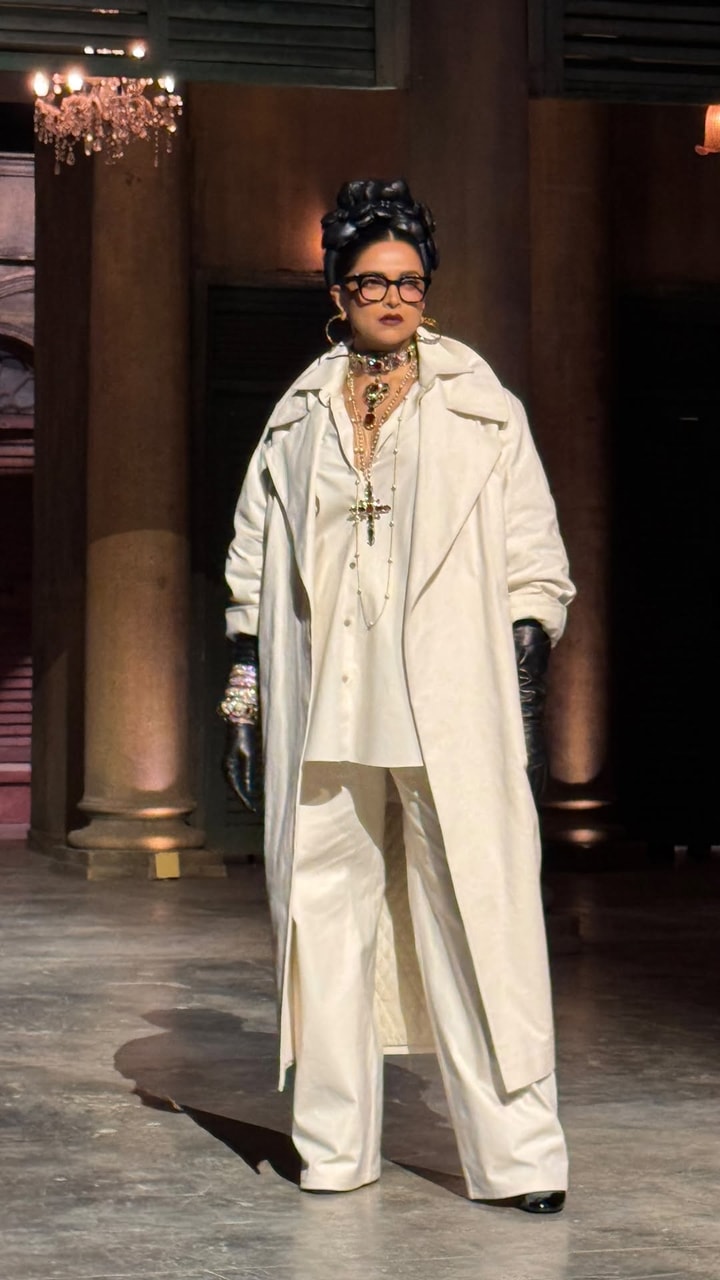At New Delhi airport, a young woman’s words stopped Sabyasachi Mukherjee in his tracks: “Mr Mukherjee, you cannot die.” Taken aback, he asked her why. Her response was simple yet profound—“You have so much idealism in your business. What will happen to us?” That moment made him realise that his brand had grown beyond his personal vision—it had become a cultural institution.
Sabyasachi, who launched his eponymous label 25 years ago, has always believed in long-term sustainability over personal control. In 2021, he made the bold decision to sell a 51% stake of his company to the Aditya Birla Group. But for him, this wasn’t about stepping away—it was about ensuring his brand outlived him.
“Often, personal hubris makes entrepreneurs hold on too long. Then they grow old, and the brand dies with them. I was very clear—Sabya has to live on,” he said in an interview with CNBC-TV18.
Rather than clinging to sole ownership, he wanted to transition Sabyasachi into an entity that could thrive independently. “I told Mr Birla, this company does not belong to me, it does not belong to you. It belongs to the country at large, and we have to do it right,” he says.
 Sabyasachi recently celebrated his 25th anniversary, with Deepika Padukone walking the ramp for him. (file)
Sabyasachi recently celebrated his 25th anniversary, with Deepika Padukone walking the ramp for him. (file)
The rise of Sabyasachi
When Sabyasachi started his career in Kolkata, Indian fashion was primarily dictated by Western ideals. But he saw a different future — one deeply rooted in heritage textiles, intricate embroidery, and maximalist design. His aesthetic rejected Eurocentric norms and celebrated Indian craftsmanship unapologetically.
“I never felt India was a third-world country. I always felt India was a first-world civilization,” he said, crediting influences like Satyajit Ray, Ritwik Ghatak, and Rabindranath Tagore for shaping his perspective. Even before expanding his brand globally, he aimed to change how the world viewed India.
“Luxury is built from confidence, never from subjugation. The problem has always been that we never believed in ourselves,” he asserted.
Story continues below this ad
At 51, Sabyasachi is laser-focused on securing his brand’s future. Unlike traditional family-run businesses, he refuses to hand down his empire based on lineage.
“Even if I had children, I would not give it to them if they were not qualified,” he insists. Instead, he aims to transition Sabyasachi into a “corporate Sabya”—a brand that will exist independently of his involvement.
His story is not just about fashion; it’s about breaking barriers. “If a middle-class boy from Kolkata could break the glass ceiling, so can others,” he says.


